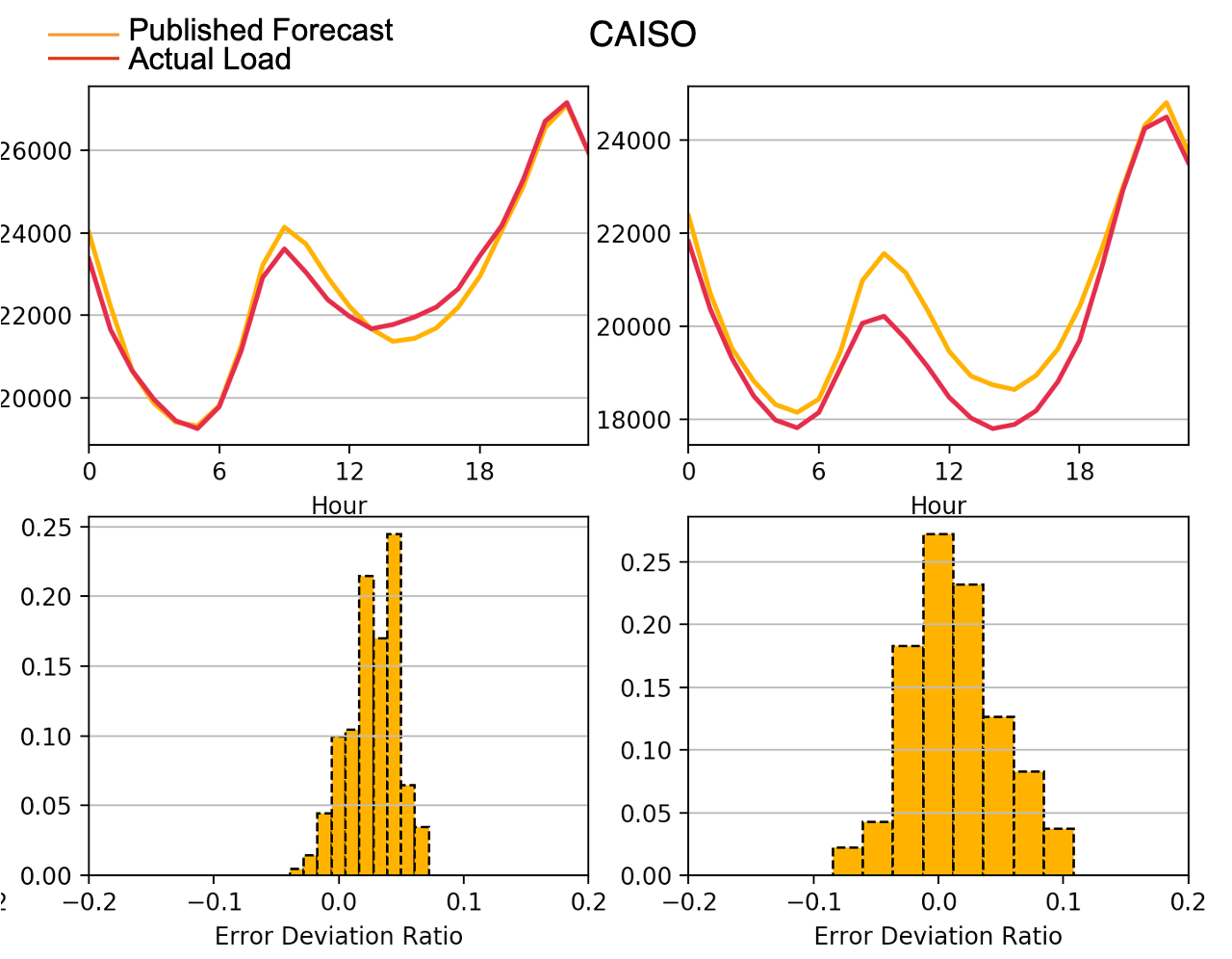Using Mobility for Electrical Load Forecasting During the COVID-19 Pandemic
The novel coronavirus (COVID-19) pandemic has posed unprecedented challenges for the utilities and grid operators around the world. In this work, we focus on the problem of load forecasting. With strict social distancing restrictions, power consumption profiles around the world have shifted both in magnitude and daily patterns. These changes have caused significant difficulties in short-term load forecasting. Typically algorithms use weather, timing information and previous consumption levels as input variables, yet they cannot capture large and sudden changes in socioeconomic behavior during the pandemic. In this paper, we introduce mobility as a measure of economic activities to complement existing building blocks of forecasting algorithms. Mobility data acts as good proxies for the population-level behaviors during the implementation and subsequent easing of social distancing measures. The major challenge with such dataset is that only limited mobility records are associated with the recent pandemic. To overcome this small data problem, we design a transfer learning scheme that enables knowledge transfer between several different geographical regions. This architecture leverages the diversity across these regions and the resulting aggregated model can boost the algorithm performance in each region's day-ahead forecast. Through simulations for regions in the US and Europe, we show our proposed algorithm can outperform conventional forecasting methods by more than three-folds. In addition, we demonstrate how the proposed model can be used to project how electricity consumption would recover based on different mobility scenarios.
PDF Abstract

